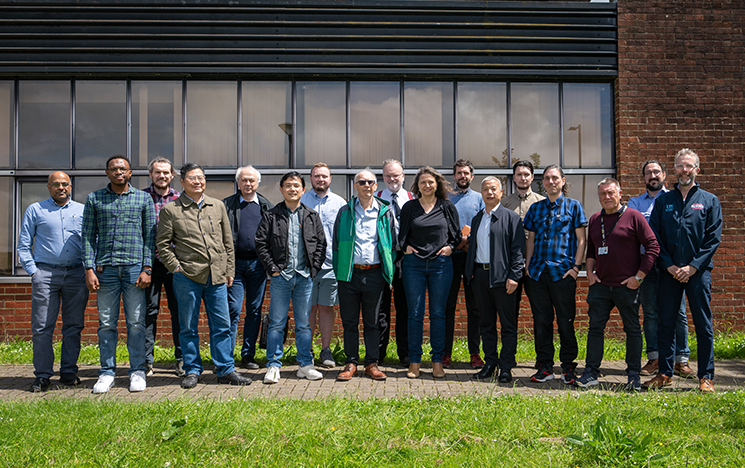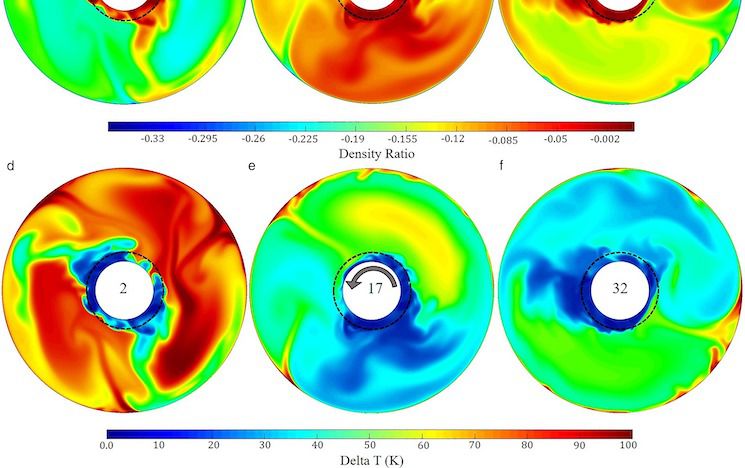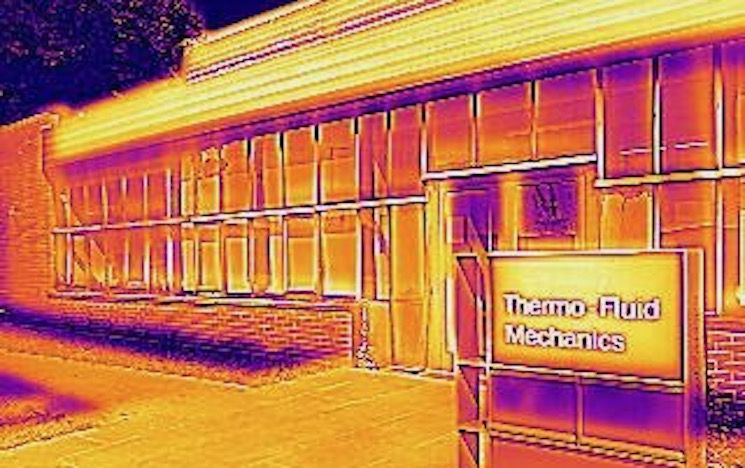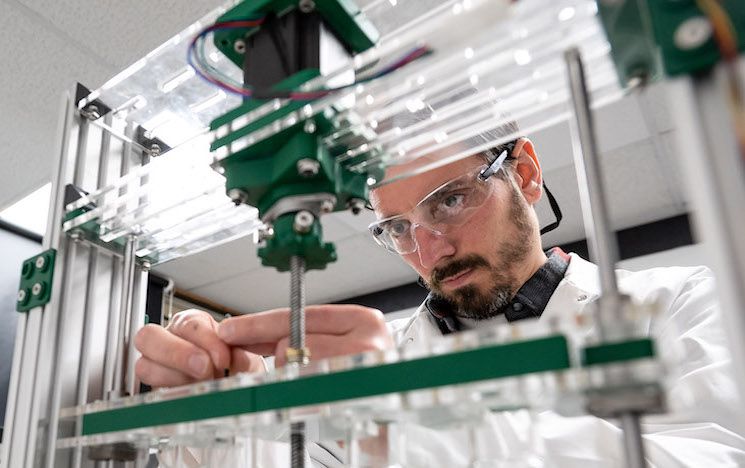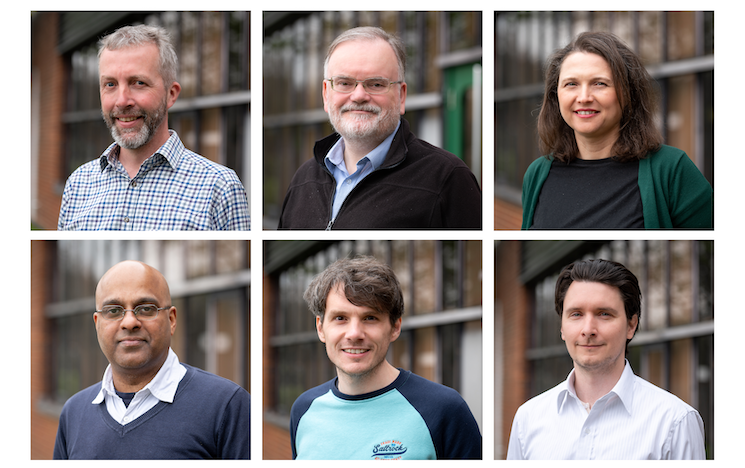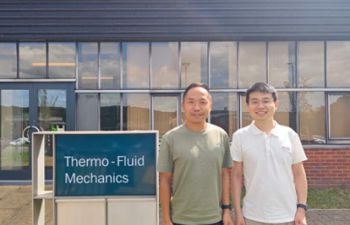Energy and Materials Engineering Research Centre
The Energy and Materials Engineering Research Centre (EMERC) focuses on a wide range of research including dynamics and control, thermofluids, energy efficiency and networks, energy storage and vectors and materials and manufacturing.
Contact
If you have any questions, contact Prof. Peter Fussey (Director of EMERC)
